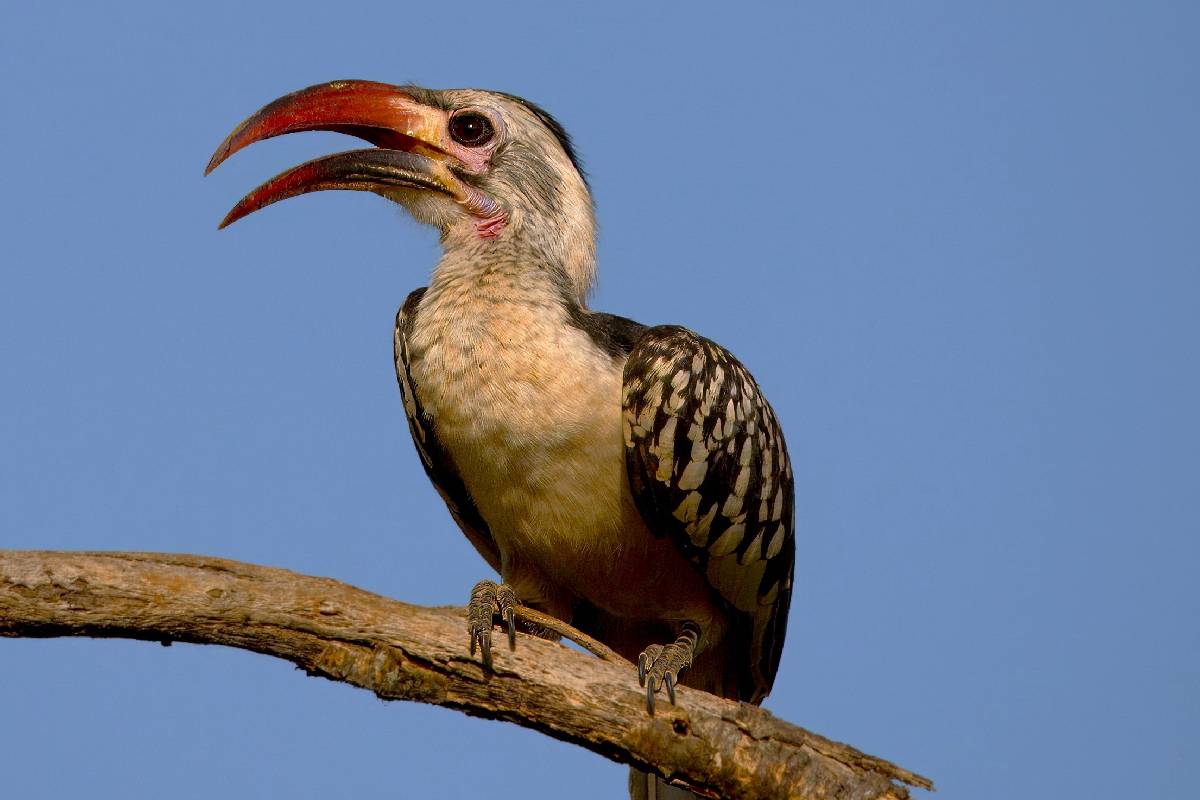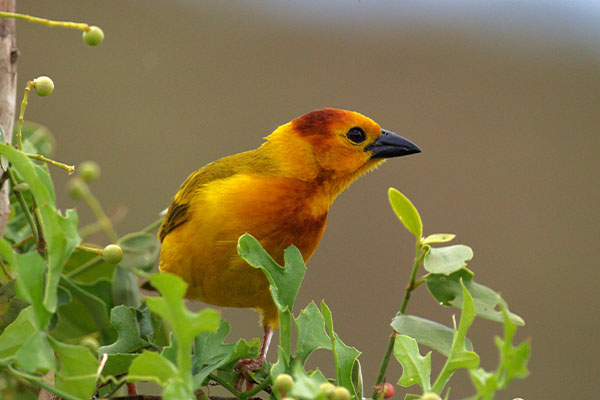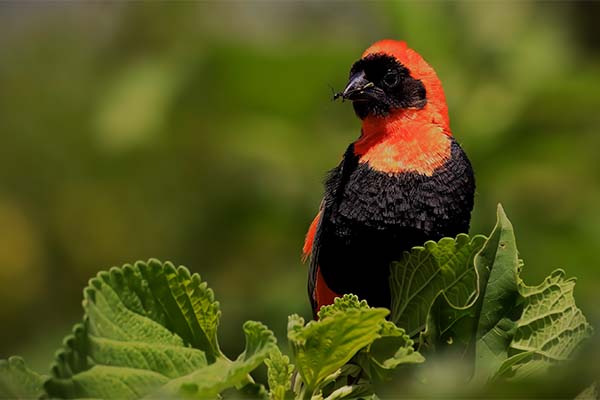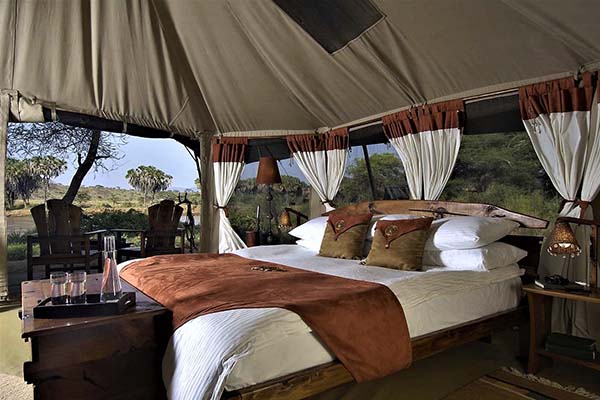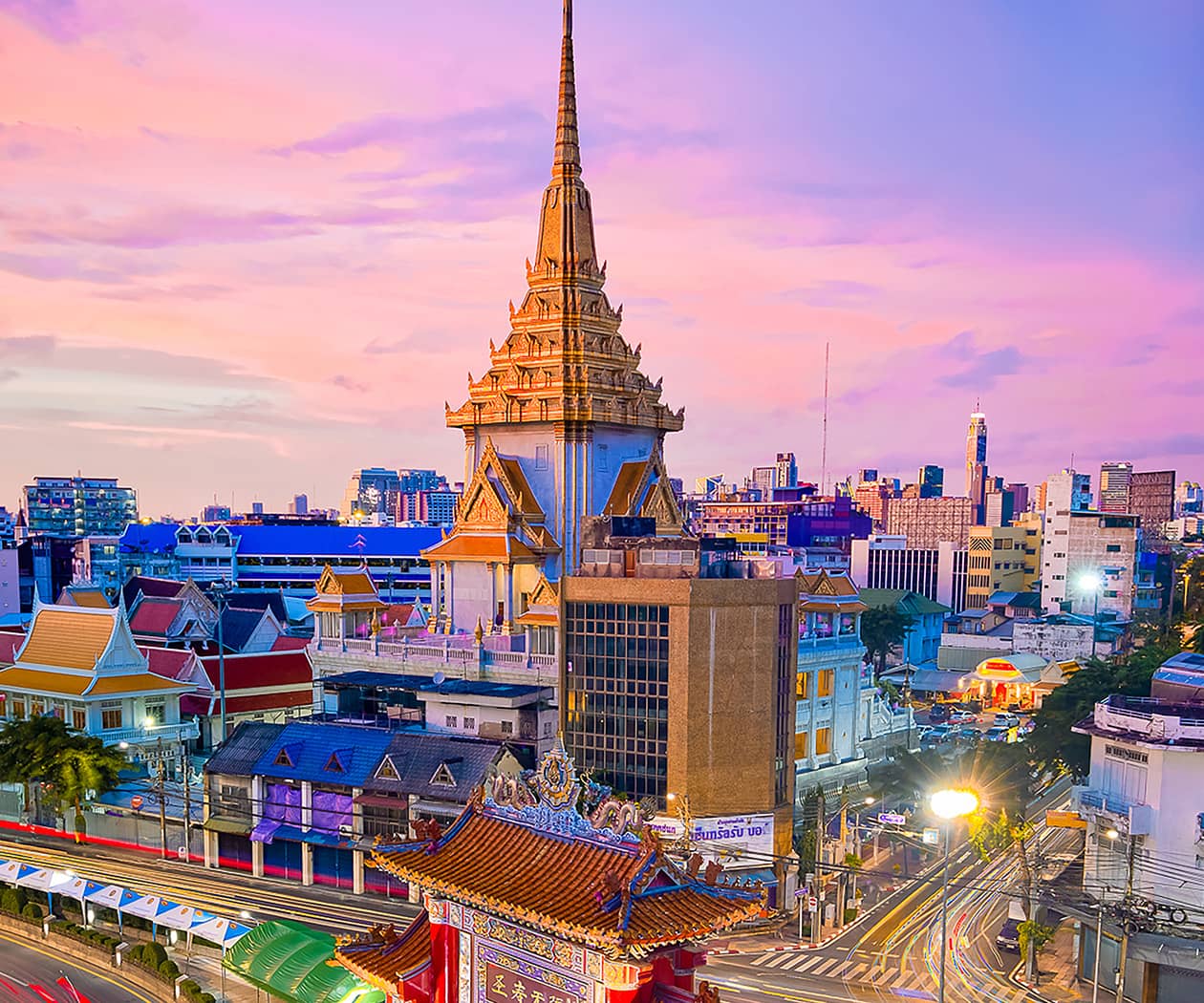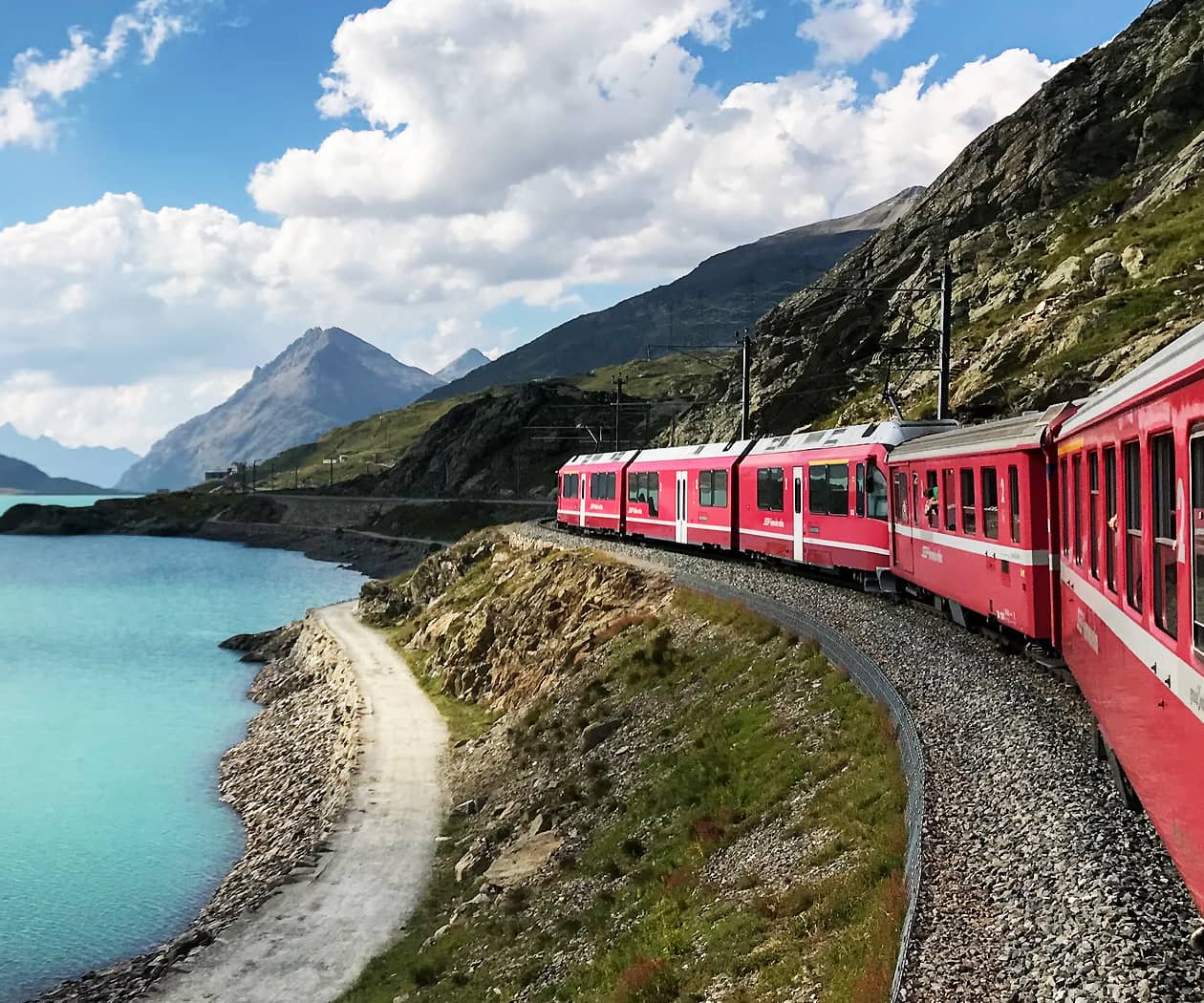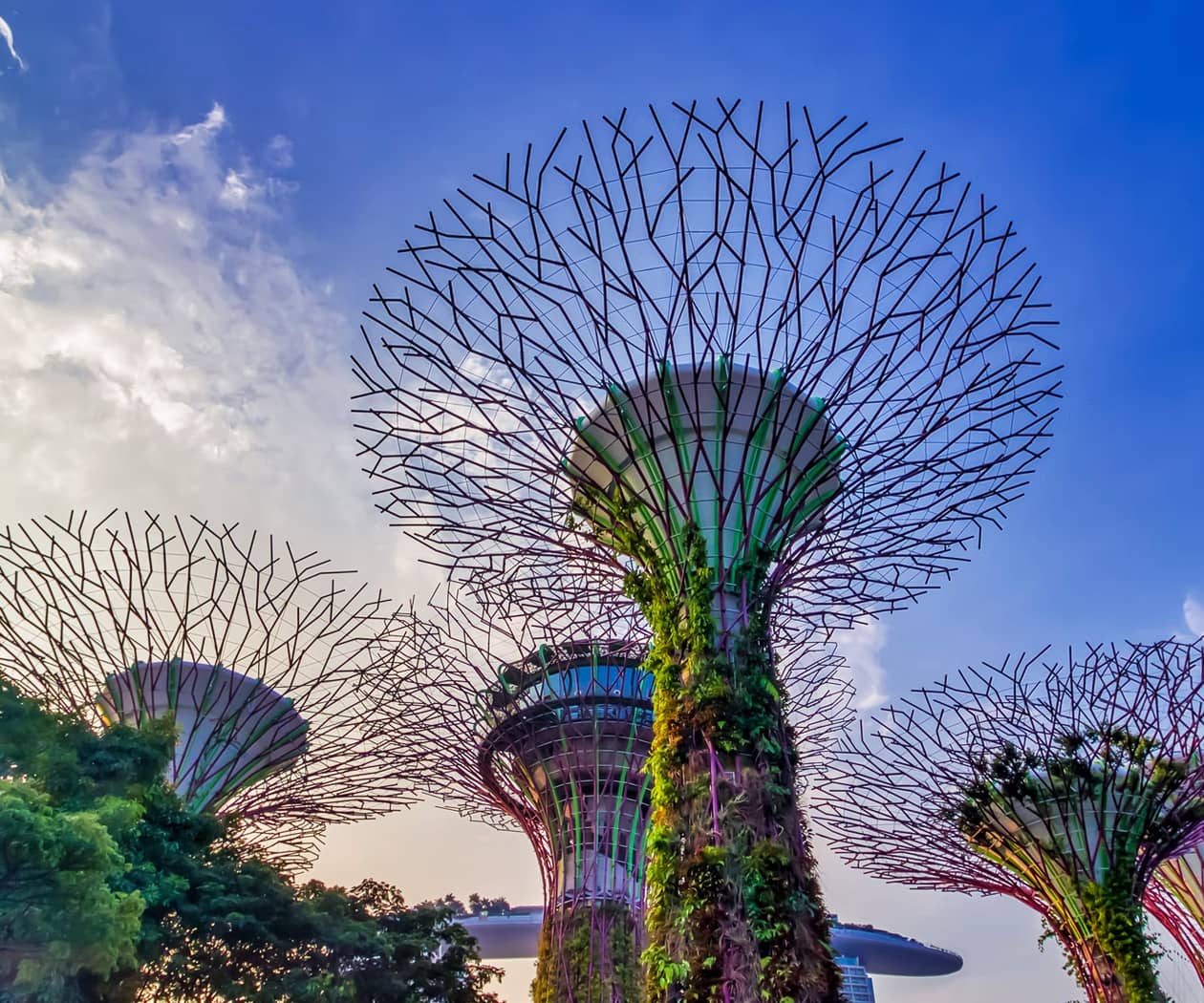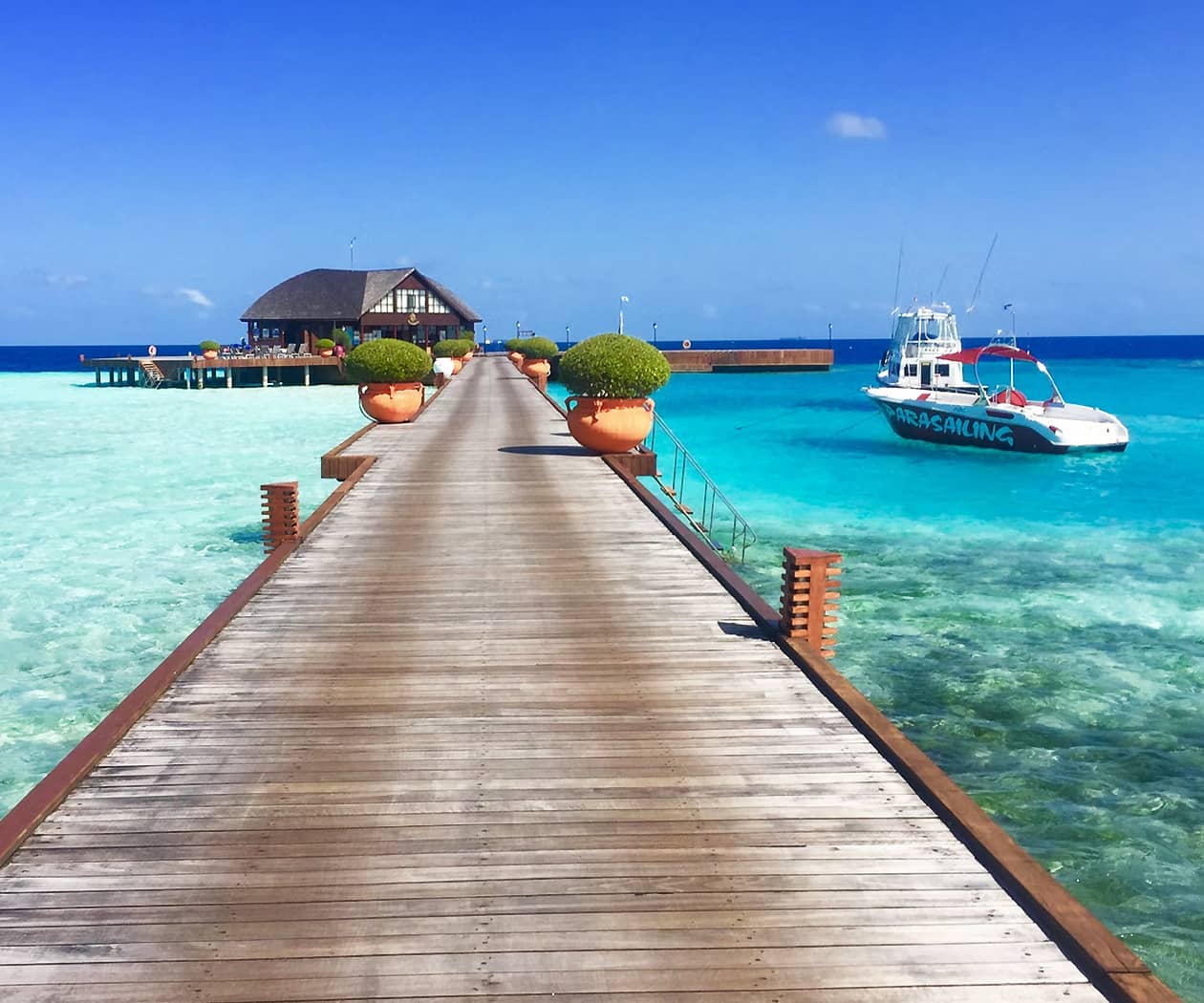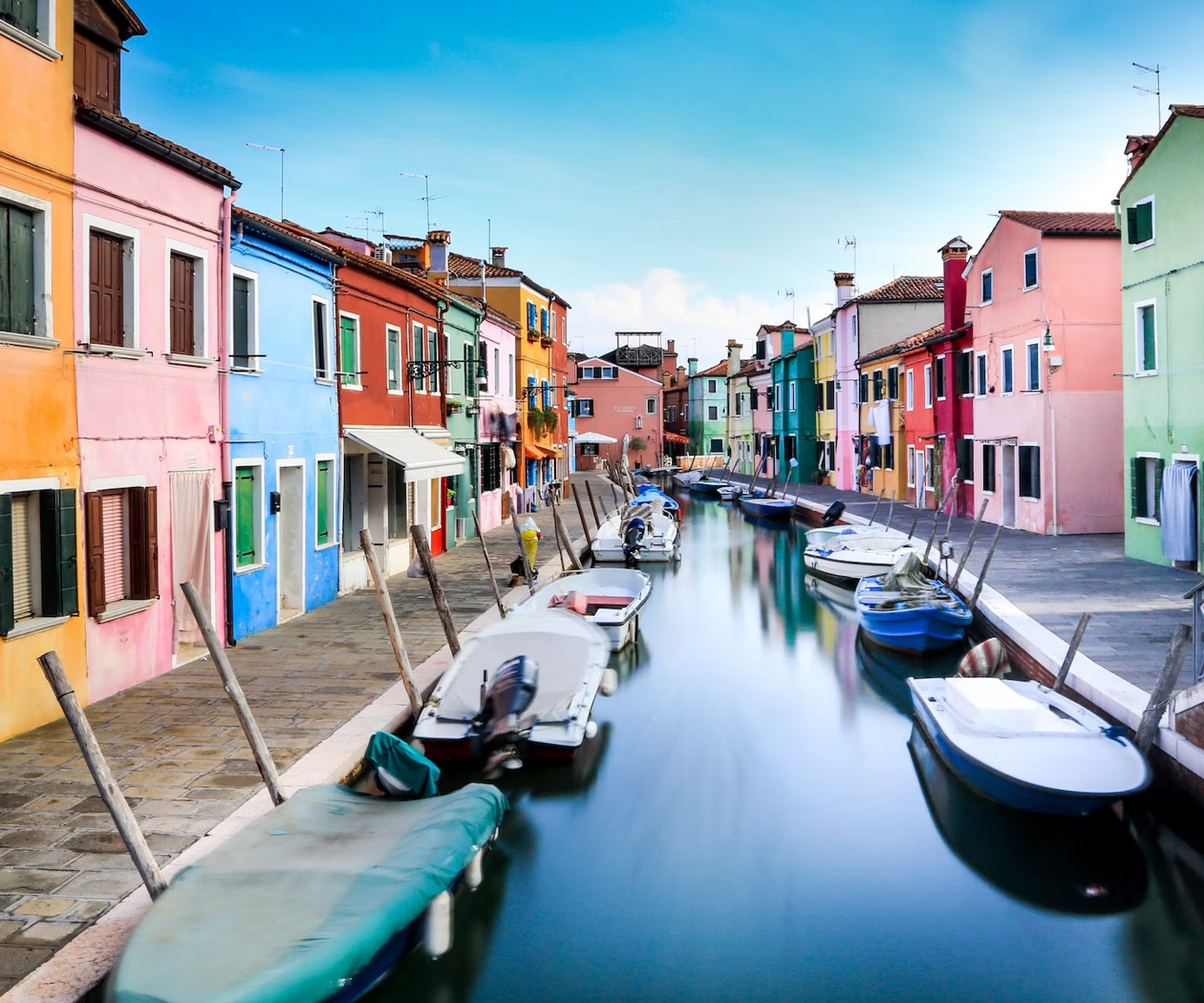Kakamega Forest National Reserve
The Kakamega Forest is a popular tourist attraction popular for its beautiful forest, which has Central African affinities. It is unique to other forests in the country and is believed to be the country’s last remnant of the Congo Basin Forests. This forest is the home to many mammals and birds. It is perfect for bird watching and photography, rock climbing, and hiking. Here are some of the top attractions in the area:
Kakamega Forest Kenya Information & Facts
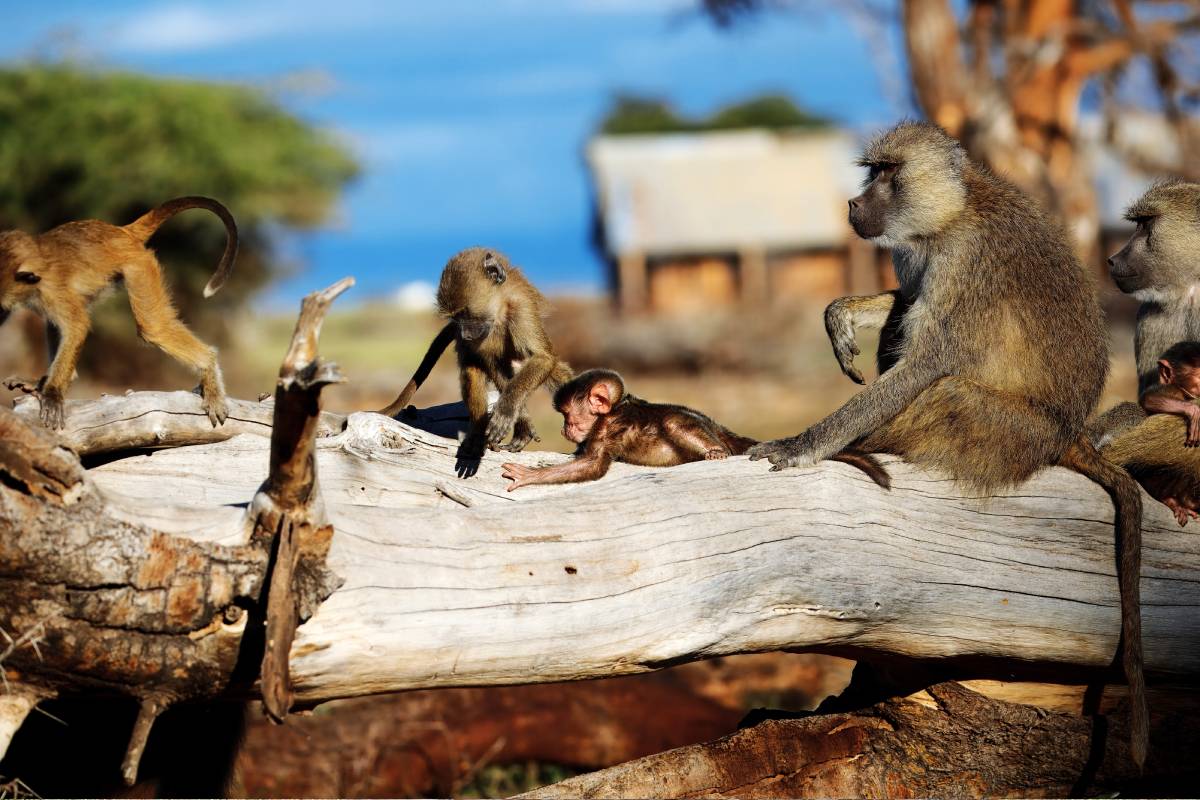
Kakamega Forest Safaris and Tours
Activities in the Kakamega Forest National Reserve
Here are the top activities to do at the Kakamega Forest:
When is the Best Time to Visit the Kakamega Forest National Reserve?
The best period to visit the Kakamega Forest National Reserve is during the dry season. It is between June and July and from December to February. June and July are the breeding season for most of the local birds. You can also visit the forest in August for a fantastic experience with colorful butterflies.
Note that you can visit the Kakamega Forest at any time. But visiting the place during the rainy period isn’t recommended, especially during the long rains. The forest tracks are unpassable, and you don’t have the luxury of seeing and taking photos.
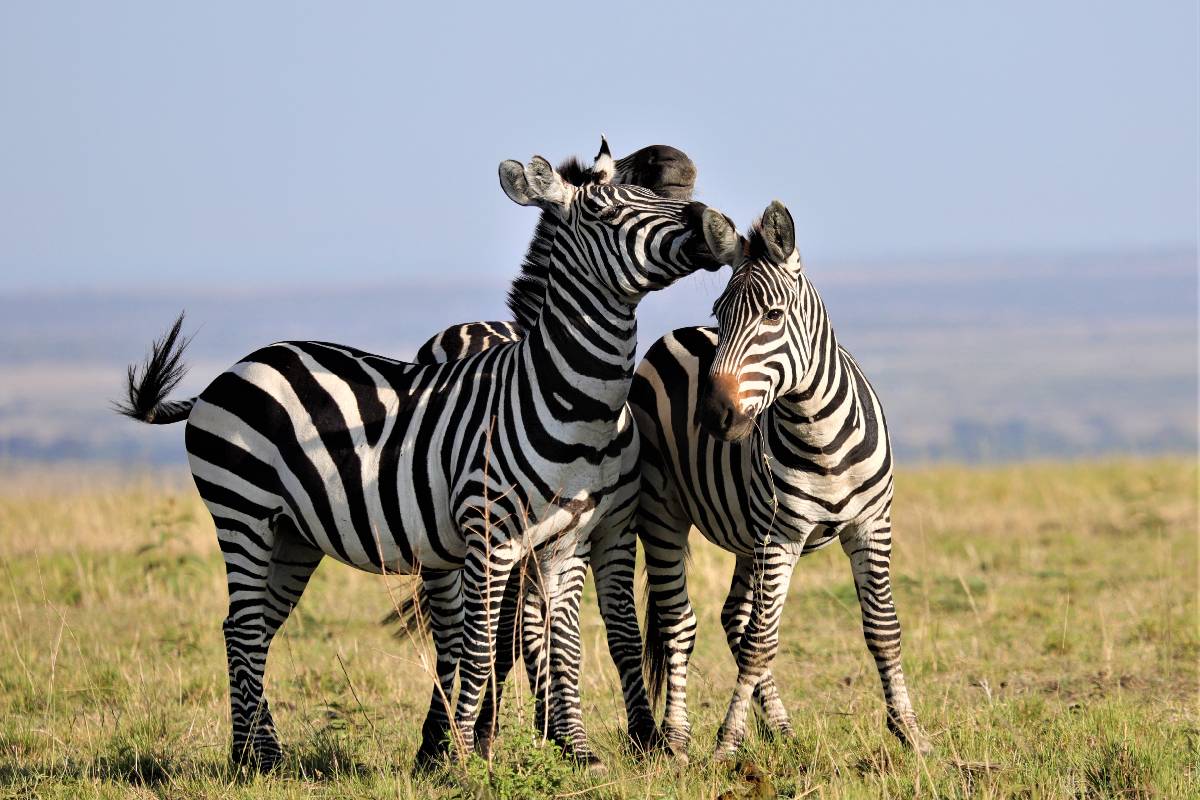
Safety Guides and Tips for a Trip to Kakamega Forest
Where to Stay in the Kakamega Forest?
When you visit the Kakamega Forest, you can find many accommodation places. The KWS has the famous Isukutu Guest House and the Udo Guest House. Also, for people who enjoy nightlife, there is a protected campsite, the Udo Campsite.
Your Safari guide should prepare your accommodation for the best experience. The guides ensure that you have a great time at the Kakamega Forest.

